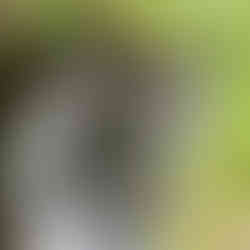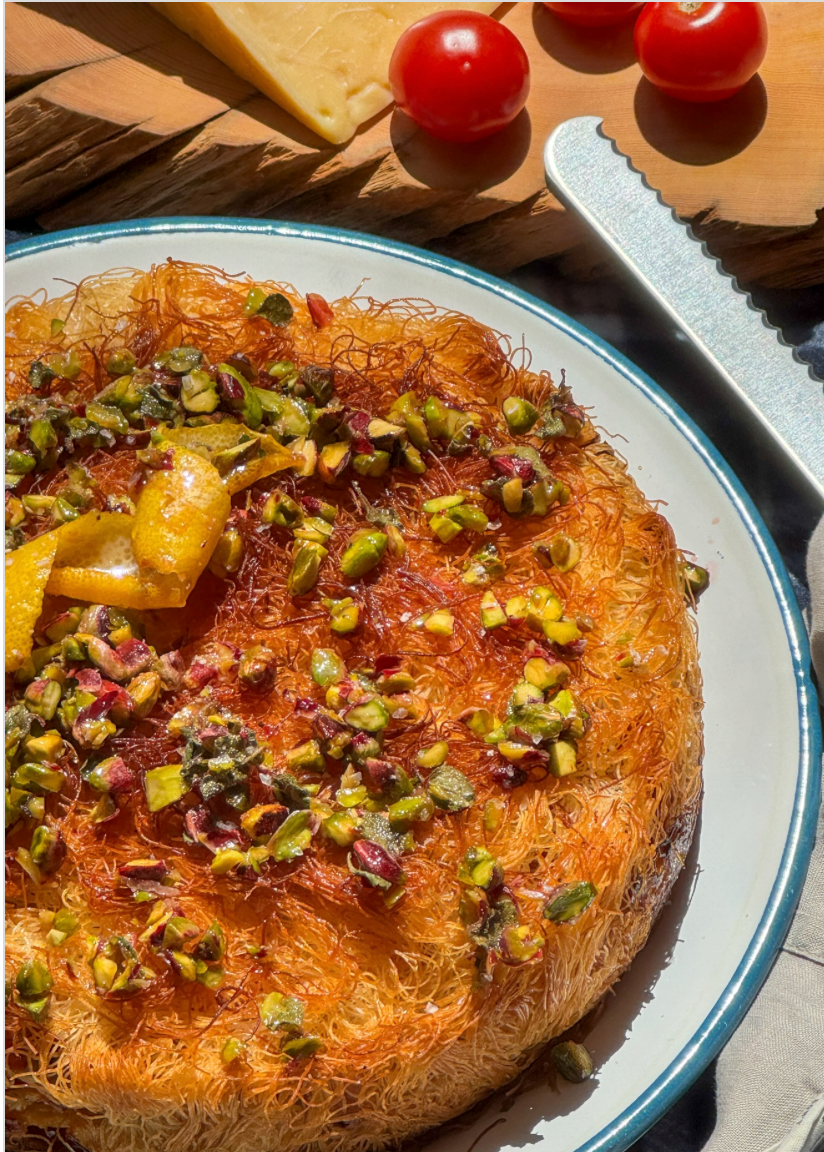A forgotten, perhaps maligned cuisine
- rosemary
- Oct 20, 2020
- 5 min read
"Most of us think of German food as an endless succession of sausages and sauerkraut, working up to a grand climax of sauerbraten and dumplings, with every dish washed down by great steins of beer hoisted by hefty maidens while the band plays oom-pah-pah" Nika Standen Hazelton

And to my mind there's nothing wrong with that really. All very tasty things that I love - at the right time of year. Probably not in the height of summer, unless it's a cold day. Even the French - in Alsace anyway - love sauerkraut, and it is, of course, actually very trendy.

But German food is not; so why am I talking about it, especially since summer is almost upon us, so sauerkraut is not likely to be on the menu? Well this is a lucky dip post and my chosen book is German Cooking by Robin Howe. It lurks on the top shelf of one of my bookshelves, along with several other old and forgotten books. And on the top shelf of another bookshelf lurks the Time-LIfe volume in their Food of the World series, The Cooking of Germany. I am not even sure whether I have ever made anything from either of these two books. Well the presentation of German Cooking is not exciting and neither is the writing of the author. There are not even any line drawings - just the recipes which include no personal comments. One has no idea who Robin Howe is or what kind of person they are. I was not even sure whether it was a he or a she, but I now see on the back of the book that:
"Mrs. Howe has a first-hand knowledge of German cuisine, having lived there before the war. She is a well-known contributor to many magazines on international cookery and the author of books on Greek,Balkan, Russian and Italian food."
'Mrs. Howe" Now that speaks of the times does it not? But at least I now know she is a she.
I have the Greek book - similar presentation, but I have used a few recipes from that one. There's a delicious fish stew in there for one - and the baklava too. The German one was published in 1953 and enlarged and revised in 1954 - my copy - or rather the 1969 printing thereof. So bought over here I think.

The Time-Life book though is much glossier. Well Life Magazine was a benchmark magazine of world-class photography sos it would be. The author of this one is Nika Standen Hazelton, who writes in a much more personal way. Well the book is one of the early travel/food books I guess, and she has been specifically asked to write about the whole German food scene. The combination the glossy photos and the interesting words, tempted me into making a few things at the time. Sauerbraten perhaps was one.
So what is there to say about German cuisine? Is it all sauerkraut and sausages? Well, of course, in this day and age, certainly not. Berlin has a very high number of Michelin starred restaurants. Germany has a very large immigrant population, particularly from Turkey and the middle-east, which must have had an impact. And then the Europeans travel - a lot. And the Germans in particular. Even back in the days of my student travelling through Europe you were always bound to find German travellers wherever you went. There are lots of them with holiday homes in France, although they don't seem fit in quite as easily as the British. Well the British divide into two camps - those who resolutely remain British, and those who just want to be French really. The Germans, according to the French, do not want to fit in and pay no attention to French customs, such as maintaining the rights of way that might go through their properties. But then France suffered greatly from the German occupation in World War 2 and are therefore somewhat predisposed to be hostile. English/French wars are a bit further back in history.
But back to German food. German food is not Mediterranean food. It doesn't even have much of a coastline. So its basic foodstuffs - meat, potatoes, cabbage, are not at all the same as the Mediterraneans. And since these days we are exhorted to eat a Mediterranean diet for our health, it is little wonder that the heavier cuisine of Germany is not fashionable.
The mainstays of the cuisine are meat - particularly pork, beef, goose and game meats, dumplings, sauerkraut and cakes. Well I sort of added the cakes because after the sausage and sauerkraut, cakes are what I think about when I think of German cuisine. I mean Black Forest Cake is a world famous cake, and just to prove it here are a selection of wildly fancy versions, plus the more traditional one which is first.
This one I have not made, because I am just not up to it.
I have done sauerkraut before - a few times probably, but I just had to include this photo from the Time-Life book. I'm guessing this is a relatively artisan approach, and that these days it is produced on an even larger scale in gleaming stainless steel factories. And also the sausages - here is half of a double page spread from that book to demonstrate the variety. As in any country that produces sausages - and which country doesn't - the variety is probably entirely regional.

Other stars? Well the bread. I love that dark heavy bread. We used to travel to Hahndorf on Sundays from our Adelaide hills home to buy the gorgeous German style breads that were made there. And for a few years Bakers Delight made it too. But I don't think they do now. I even wonder whether sour dough didn't originate in Germany. It seems such a German kind of thing somehow.
The meats are often a sweet and sour thing apparently, as well as the sauerkraut, with fruit often added to the mix, both fresh and dried.
And that coastline does provide access to Baltic and Atlantic, and herrings which are cooked in an amazing number of ways, but probably no more famously than in rollmops.

And what was on my lucky dip page? Well asparagus, which is apparently another really big thing in Germany, although more usually the white asparagus. Not the green asparagus we get here. And tonight I am cooking asparagus - but with pasta - so Italian not German. The two recipes that were discussed - baked asparagus, and asparagus with bacon did not sound tempting at all. Indeed they sounded even plainer than English food. But then I typed in the German names Spargel überbacken and Spargelauflauf mit schinken into Google images, found these below and almost changed my mind - they really look pretty yummy. So one really should not be put off by over simple, and plain presentation of recipes. Persevere. Give them a try.
Germany is doubtless a vibrant multicultural society today and I have no doubt that all of their traditional foods have been updated. And just to show you what that might look like, I found that Yotam Ottolenghi of all people had three German inspired recipes - Flammkuchen with speck and grilled leeks, Schupfnudeln with browned butter and poppy seeds and Spiced turmeric cabbage. Don't think the last one is very close to a German dish, but still it just shows how the modern foodie world works.
If I see any white asparagus I might try one of those recipes anyway.
And let's not forget their superb wines and beer!
SOME ELTHAM POSTCARDS
Our photo competition theme this week is Reflections - not that all of these are to do with reflections. It was a good day for a walk and this is what I saw. Bottlebrush is the flower of the moment.









































Comments